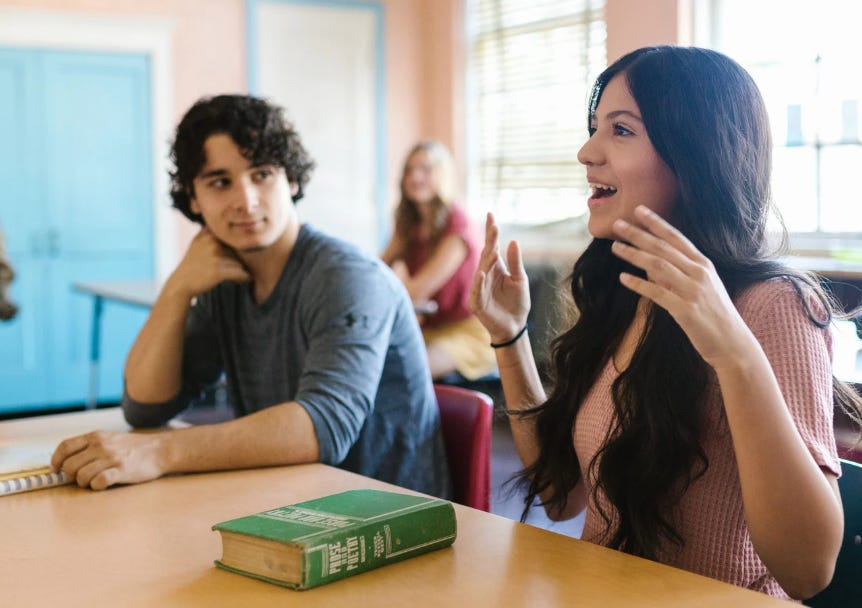Story Circles & Story Stewardship Across Subjects
In my book, Centering Multilingual Learners, I emphasize the importance of connecting with community when teaching content area subjects to Multilingual Learners.
bell hooks explained:
“As a classroom community, our capacity to generate excitement is deeply affected by our interest in one another, in hearing one another's voices, in recognizing one another's presence.”
One strategy to do that is through structured story circles. A Story Circle is a structured discussion method where participants share personal experiences or insights around a common theme in a respectful and inclusive environment. Story Stewardship is the idea that when someone shares a story, listeners have a responsibility to honor and respect it, ensuring it is not misrepresented, dismissed, or used without permission. Together, these concepts create a classroom culture of trust, deep listening, and meaningful connection to learning.
Using Story Circles & Story Stewardship in Different Classrooms
Science Classroom
Students share personal experiences with scientific concepts (e.g., "A time I saw an example of erosion" or "How I use energy in my daily life").
As story stewards, classmates listen attentively, ask clarifying questions, and connect scientific principles to their peers' experiences.
Tip for multilingual learners: Provide sentence starters or visuals to help students express their ideas before introducing technical vocabulary. Encourage them to share in their home language first if helpful.
Math Classroom
Students discuss real-life situations where they use math (e.g., "A time I had to divide something equally" or "How I use measurement in cooking").
As stewards, students help each other see the value of math in everyday life, reinforcing that every experience is valid and important.
Tip for multilingual learners: Use gestures, realia (physical objects), and bilingual word banks to support comprehension. Allow students to describe math experiences in their own words before transitioning to formal terminology.
Music Classroom
Students share personal stories related to music in their culture or family traditions.
Story stewardship ensures that cultural stories are honored rather than appropriated.
Tip for multilingual learners: Encourage the use of multilingual lyrics, rhythm-based storytelling, or call-and-response activities to make musical storytelling more accessible and engaging.
Social Studies Classroom
Students share family immigration stories, experiences with civic engagement, or perspectives on historical events.
Story stewardship plays a crucial role in ensuring that personal histories are respected and not debated or dismissed.
Tip for multilingual learners: Use graphic organizers, timeline activities, and bilingual scaffolds to help students structure their stories and feel confident sharing in a way that is comfortable for them.
Why Story Circles & Stewardship Matter
By incorporating Story Circles and Story Stewardship, classrooms become spaces where students feel valued, seen, and heard. This approach enhances engagement, supports multilingual learners, and fosters deeper connections between academic content and students’ lived experiences. Providing scaffolds like sentence frames, visuals, and opportunities for home language use ensures that all students can meaningfully participate and grow in their language development while deepening their understanding of academic concepts.










